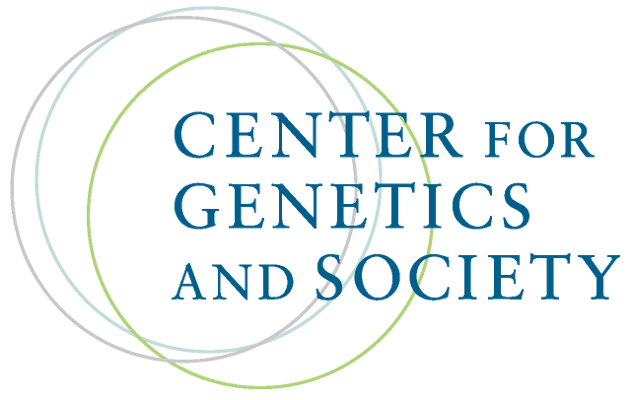Photo by Wonderlane on Unsplash
On a nearly still and moonlit night last week, some 75 people formed a circle on Asilomar State Beach around a sand pit ringed by seaweed. Four dancers swayed around the pit to the sound...
CGS-authored
In 2013, some 200 million humans suffered from malaria, and an estimated 584,000 of them died, 90 percent in Africa. The vast majority of those killed were children under age 5. Decades of research have fallen short of a vaccine for this scourge. A powerful new technique that allows scientists to selectively edit entire genomes could provide a solution, but it also poses risks—and ethical questions science is only beginning to address.
The technique relies on a tool called a gene drive, something scientists have discussed since 2003 but which has only recently become possible. A gene drive greatly increases the odds that a particular gene will be inherited by all future generations. Genes occasionally evolve the ability naturally, but if we could engineer it deliberately, small interventions could have enormous impact, giving scientists the power to eradicate diseases, remove invasive species, and wholly remake the natural landscape.
One proposed use of a gene drive would alter the genetic code of a few mosquitoes that carry the malaria parasite, ensuring that the ‘Y’ chromosome would always be passed on. The...
The Center for Genetics and Society is fiscally sponsored by Tides Center, a 501(c)(3) non-profit organization.
Please visit www.tides.org/state-nonprofit-disclosures for additional information.
© 2023 Tides Center, through the Center for Genetics and Society. All rights reserved.
Privacy Policy. Terms of Use.
